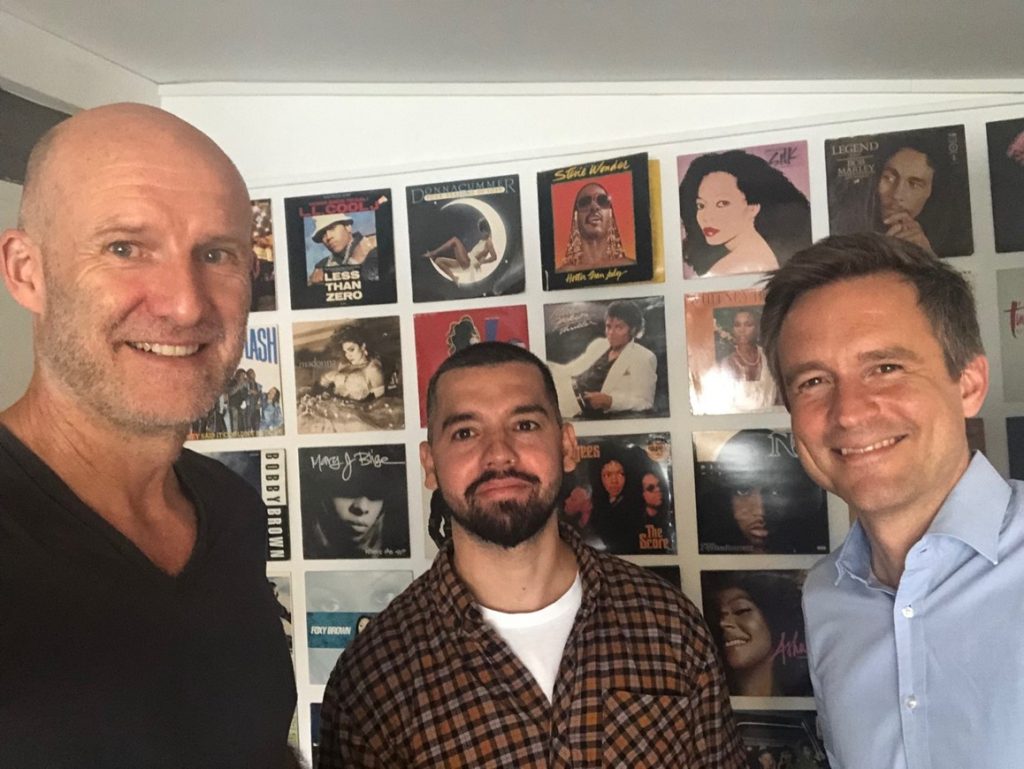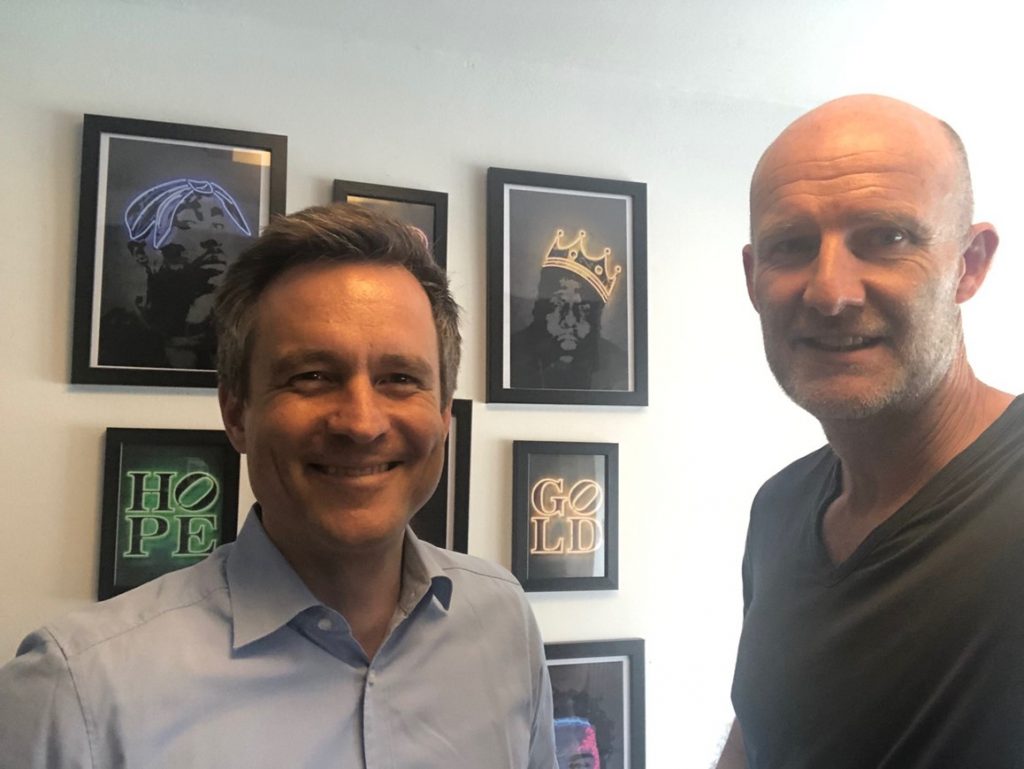Innovation strategy – define & communicate visions
Innovation strategy is not about innovation tactics, such as organizing a single idea contest, but rather about mapping the organization’s mission, vision, and value proposition. An innovation strategy sets limits on expectations for innovation performance and defines innovation success by simplifying and structuring innovation work to achieve the best possible outcome.
Florian Baumgartner learned how to define business and innovation strategies during his 10 years at Amazon. With this wealth of experience, he has now set out to transform Vistaprint from a print provider to a marketing and design partner for micro-businesses. In doing so, actual print is taking a back seat. The company’s focus is now on digital services and developing top designs for Vistaprint’s customers.

To communicate this massive task internally and formulate innovation strategies in a way that every employee can understand, companies like Vistaprint rely on Amazon’s press release methodology: to define the company’s vision and strategic goals, managers write a future press release for new projects, looking ahead today to report on the success of tomorrow’s project. Vistaprint also uses this mechanism.
Innovation strategy á la Amazon
Innovation practitioners know that such a vision is groundbreaking and crucial to success. However, rolling out innovation strategies and creating new products and services requires some basic organizational prerequisites to actually succeed.
Basic components of a successful innovation strategy
In an ideal world, the innovation strategy is part of the corporate strategy. It defines all the activities and goals that a company wants to implement in order to develop innovative products, new business areas, and more effective processes in the long term.
For innovation to succeed, an ecosystem is needed. This involves culture, operational mechanisms, the handling of data, organizational structure and the team’s decision-making ability. These elements all have to work together and this is often not a clearly linear process.
Florian Baumgartner, President International at Vistaprint
While strategy used to be a management issue, an innovation strategy must be reflected at all levels. In addition to a good technology infrastructure without dependencies – but instead with the empowerment of talent- Florian Baumgartner at Vistaprint strengthens “functional diamonds” to accelerate innovation. These “functional diamonds” are made up of product managers, UX/UI designers, data exporters, and technology trends and have all the freedom to try out innovation. Their motto is “Iterate and fail fast” – as decentralized as possible and without obstructive bureaucracy. At Vistaprint, employees are given the freedom to act as they see fit as intrapreneurs. According to Baumgartner, this is an insane accelerator for innovation.

In our podcast, Florian Baumgartner reports from his own experience how Amazon declares customer centricity to be a corporate and innovation strategy and why it is sometimes not so easy to actually put the customer in focus.
Listen to it
The most important source of innovation is the consumer
Nowadays, almost every company has a customer focus. Vision and mission statements are not enough. When it comes to actually implement customer focus across all areas, Florian Baumgartner’s 10-year tenure at Amazon was a valuable school.
One seminal observation Baumgartner made was that customer needs that remain the same over time are those that allow companies to innovate. At Vistaprint, design services have always been a central aspect of the company’s value proposition and offerings. But today, it’s different tools, ways, and means of providing those services, as well as evolving them. Last year, for example, Vistaprint acquired design agency 99designs, greatly expanding its online design capabilities.

But he also sees an uncompromising customer-centricity as a guarantee for success. Innovations that start with the customer problem are crowned with success.
The vision must be broken down into individual components, ideas generated and realized in prototypes. Then – or ideally during this process – customers need to be involved and you need to start understanding customer needs. To do this, companies use customer interviews and focus groups, workshops, long-term customer forums, and research platforms (such as ORC), but data and information from service centers are also analyzed. It takes minute detail, a lot of craft – but these are the mechanisms that actually drive innovation.
A workshop is not enough. The innovation strategy must lay the foundation for this process to become automatic throughout the company.
Learn more about the innovation strategy ecosystem in our podcast
Innovation & Pandemic – Tactics or Strategy?
When you’re up to your neck in water, action must be taken. Sure. Then it’s tactical action instead of long-term strategic planning. At Vistaprint, they stuck to their innovation & investment agenda even during the pandemic. Although acquiring 99design during a pandemic that dramatically impacted the economy caused many sleepless nights, Vistaprint’s value proposition remained sacrosanct. And in order for Vistaprint to continue to offer this value proposition to its customers in a more connected way in the future, this acquisition was inevitable.
In addition, massive investments were made in IT infrastructure to make it as flexible as possible. This was the foundation to quickly meet changing customer needs, innovate, test, and learn from them.
Not least, innovation always includes an element of unplannable chance. That’s what makes it so exciting.
At HYVE, we help companies achieve their innovation goals and define, implement and execute their innovation strategies.


